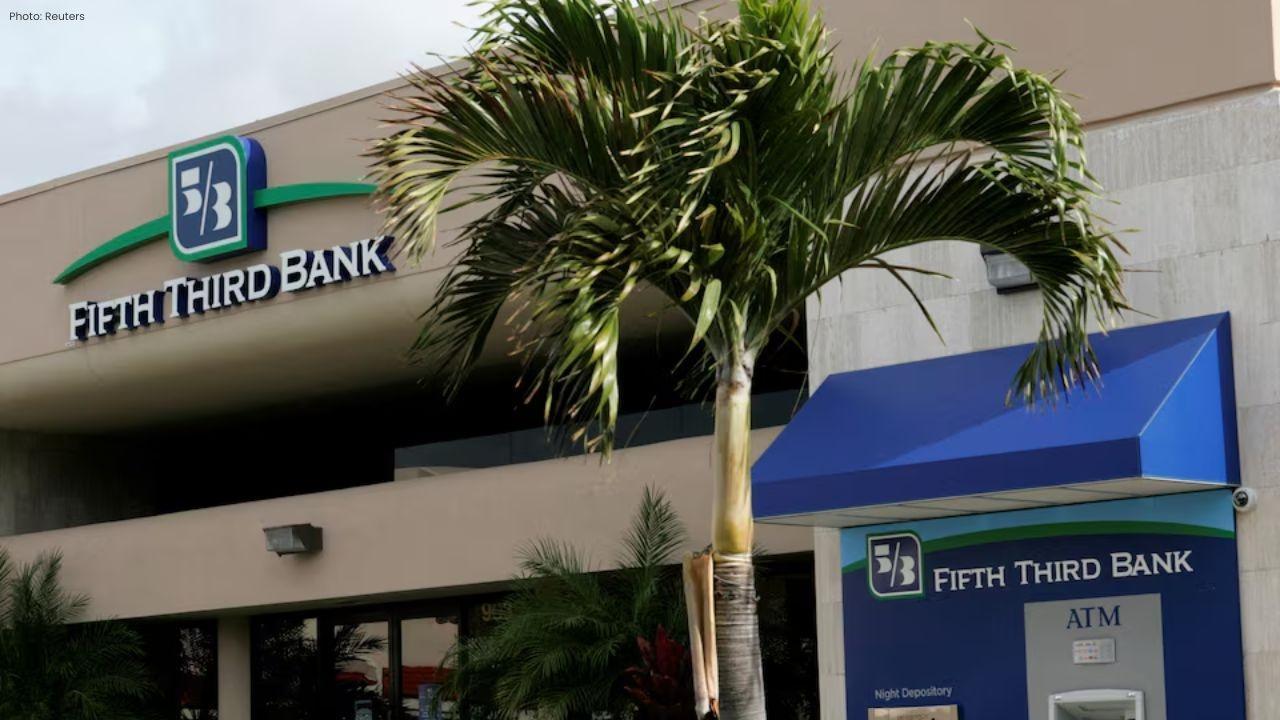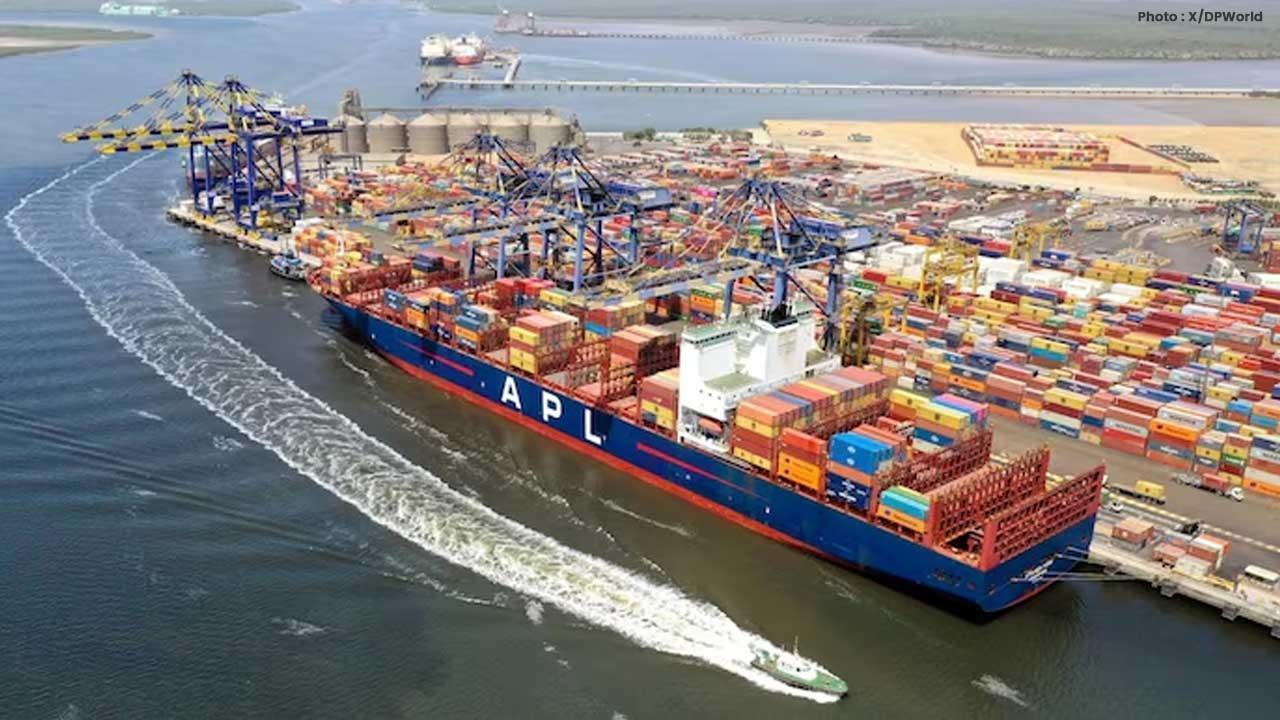
Join 10k+ people to get notified about new posts, news and tips.
Do not worry we don't spam!

Post by : Anis Farhan
In early October, millions across the globe found themselves staring at blank screens, stalled apps, and unavailable websites. The cause? A massive outage at Amazon Web Services (AWS) — the cloud giant that silently powers everything from global e-commerce to healthcare data and streaming services. What seemed like a temporary technical glitch soon turned into a wake-up call for the entire digital economy.
AWS, which hosts a significant portion of the world’s online infrastructure, suffered a critical system failure that disrupted operations for companies, governments, and individuals alike. The outage was brief in duration but massive in impact — a stark reminder that much of modern life now depends on invisible, centralized digital systems.
This incident didn’t just interrupt a few websites; it paused supply chains, delayed financial transactions, disrupted emergency communication systems, and even grounded flights in certain regions. It wasn’t just an outage — it was an insight into how vulnerable the “cloud” has become as the central nervous system of modern civilization.
Amazon Web Services is not just another technology company; it’s the backbone of the internet’s architecture. With data centers spread across multiple continents, AWS handles trillions of transactions per second and supports some of the world’s largest platforms — from Netflix and Spotify to NASA and government digital archives.
The October outage highlighted a troubling reality: the global web has consolidated into the hands of a few dominant players. AWS controls over 30% of the global cloud market, followed by Microsoft Azure and Google Cloud. This concentration has made the internet faster, more efficient, and scalable — but also incredibly fragile.
When one system fails, millions fall with it. This dependency, while convenient, brings forth an uncomfortable question — have we traded digital decentralization for operational ease?
The October incident rippled across industries in a matter of minutes. Financial institutions experienced transaction delays, e-commerce platforms went offline, and even public transport networks that relied on AWS-backed digital ticketing systems were paralyzed.
Hospitals reported difficulties in accessing patient records stored on cloud servers, while several logistics and airline systems faced data synchronization errors. Entertainment platforms, streaming services, and communication apps all faced downtime, frustrating users and costing millions in lost productivity and revenue.
In essence, one failure in an American cloud region triggered waves that were felt globally. For many businesses, this was the first real test of their “digital disaster recovery” strategies — and many failed it miserably.
The AWS outage raised urgent questions about the digital architecture of our times. Are we becoming too dependent on centralized systems? What happens if another, more extensive failure occurs — one not lasting hours but days?
This incident illuminated the dangers of over-reliance on a single cloud provider. Enterprises that had placed all their operations on one network were left scrambling. Experts have long warned of the “single point of failure” dilemma — where too much control, too much data, and too many critical functions are consolidated into a single system.
The October outage, therefore, was not just an accident — it was a lesson in digital humility. It showed that in an era of near-total connectivity, redundancy and decentralization are not optional luxuries but urgent necessities.
The financial consequences were staggering. Analysts estimated that the combined losses across affected sectors reached billions of dollars globally. Retail companies missed crucial online sales, while fintech startups suffered delays in payment processing.
For businesses already navigating inflationary pressures and economic uncertainty, this outage added another layer of complexity. Investors, too, began reevaluating the resilience of companies overly dependent on AWS or similar providers.
It’s worth noting that the cloud economy is now deeply intertwined with global markets. A single outage can disrupt not just digital services but stock exchanges, consumer confidence, and even GDP projections for tech-heavy economies.
Governments across the world are now realizing that cloud infrastructure is no longer a private matter — it’s a national security issue. Several nations, including the U.S., U.K., and Singapore, have begun reassessing their digital infrastructure frameworks to ensure essential services have backups that are independent of commercial cloud providers.
The European Union has already discussed policies that encourage “digital sovereignty,” where critical data is hosted on local servers rather than foreign-controlled platforms. The AWS outage strengthened that argument, making governments more cautious about who controls their data and how accessible it is during emergencies.
This renewed scrutiny may pave the way for a hybrid future — where public infrastructure and private cloud solutions coexist in a more balanced, risk-averse ecosystem.
For the tech world, the October outage was both a shock and a wake-up call. Cloud companies have since accelerated efforts to build better fault-tolerant systems, introducing more robust backup zones, region redundancy, and “multi-cloud” compatibility options.
Many enterprises, too, are now migrating portions of their workloads to alternate platforms. Some are even reviving on-premise systems for mission-critical functions — a throwback to pre-cloud architecture days, but one that may offer more stability in times of crisis.
This evolution may herald a new chapter in cloud computing: the era of distributed dependency. The focus is shifting from “How big can we scale?” to “How safely can we sustain?”
Beyond technology and economics lies the human story — millions of workers suddenly unable to access tools, families disconnected from digital communication platforms, and businesses struggling to stay operational.
The outage served as a reminder of how deeply digital ecosystems are embedded into our daily routines. From grocery delivery apps to online learning platforms, the dependency runs so deep that even a few hours of disruption can feel like a complete societal pause.
It also emphasized the need for digital literacy and contingency planning — not just for corporations but for individuals. As society becomes increasingly wired, resilience will depend not only on technology but also on people’s ability to adapt when it fails.
The October AWS outage may fade from headlines, but its lessons should not. It highlighted a critical truth: infrastructure must evolve faster than the innovation it supports. Redundancy, diversification, and decentralization must become core principles of digital planning.
The future of the cloud lies not in building bigger, but in building smarter — systems that can adapt, replicate, and recover. Governments, corporations, and individuals must collaborate to create frameworks that protect against future disruptions.
As we step deeper into a world powered by AI, 5G, and interconnected devices, the demand for resilient digital infrastructure will only grow. The October AWS failure was not the end of cloud computing — it was the beginning of its reinvention.
This article is based on reported events and industry analysis as of October 2025. It aims to provide an informational overview of the AWS outage and its implications for global digital infrastructure. The insights shared are for educational and analytical purposes only.










Mitchell Marsh Backs Aggressive Plan Ahead of India T20 Series
Australia captain Mitchell Marsh says his team will continue playing fearless cricket as they prepar

Smriti Mandhana Becomes World’s No.1 ODI Batter
India’s Smriti Mandhana rises to No.1 in ICC Women’s ODI rankings with a career-best rating of 828 a

Suryakumar Yadav Focuses on Team Spirit and Fielding Goals
India captain Suryakumar Yadav stresses teamwork, energy, and stronger fielding efforts ahead of the

Sherwood Leads Canucks to Overtime Win Against Oilers
Kiefer Sherwood scored twice, including an overtime winner, as Vancouver Canucks defeated Edmonton O

Freeman Leads Dodgers to 6-5 Thriller Over Blue Jays
Freddie Freeman’s 18th-inning walk-off homer gives the Dodgers a thrilling 6-5 win over the Blue Jay

Bayern Target Another Victory in German Cup Match
Bayern Munich look to continue their perfect start to the season with a German Cup clash against Col